What does consecutive years of work in Heston Blumenthal’s restaurant test kitchen do to a chef, and what kind of person must you be to stick it out?
So the story goes, before a dish makes the grade at Heston’s The Fat Duck restaurant, elements of its composition must be designed, measured, crafted and perfected. Repetition in cooking, testing, comparing and reporting on each dish’s elements – noting temperature, timing, texture, scent and taste – is performed over and over again. Methodical cooking experiments are conducted and micromanaged until the cooking technique becomes text-book perfect. One might suggest it takes a rare commitment in a young chef to assist Heston in his daily quests; and perhaps also one with a stable mindset to enable them to stay the distance.
Mark Ebbels, new head chef of Yarra Valley’s TarraWarra Estate restaurant is one such a person. And interestingly, he’s a vegan who has partly used his Fat Duck education as a plant-based recipe enabler. While he does taste test the meat proteins he cooks in the restaurant himself, he explains that he ‘likes to treat vegetables with care, cooking them with the same degree of detail as most would fish and meats’. And when it comes to vegetables, legumes, ferments and fungus, his molecular gastronomy skills shine through.
In terms of dairy, Mark explains that ‘the only thing dairy on the menu is the cheese board, as this was insisted upon by the Besen family (owners of the Estate) – plus it’s a very logical, fine match to wine.’ But every other texture within his dishes that appears dairy-like is derived from a range of dairy alternatives such as almond milk, coconut cream, and his own house-made soy products. These alternative elements are delivered with an uncompromising taste and texture; on the contrary, their inclusion is a statement in his dishes, elevating them visually, texturally and in exceptional taste. For this reason, Mark Ebbels is quite simply, a vegan genius, and TarraWarra Estate is incredibly lucky to have him.

Returning home to live in the nearby Toolangi hills, Mark and his partner have recently purchased a forested block of land for their self-designed tiny house; clearly a career and lifestyle change that abruptly contrasts with his previous posting: six years as chef de cuisine at the Singapore’s contemporary 36-seat French restaurant Bacchanalia, which at the time won its first Michelin star. Mark grew up in the region and today seems completely settled and energised in his winery restaurant posting. At TarraWarra, Mark hand harvests heirloom vegetables, rare fruits and staples from the Estate’s modest market garden. Every dish plated up in the restaurant is impossibly fresh, and a leading example of Australia’s most creative use of beautiful plant-based and natural foods. I suggest you visit and I suggest you be prepared to be wowed.
Service begins with a nettle-seed bread that has a light touch of sweetness and depth – aromas similar to coffee and chocolate burst from the loaf as you break it open. Served with a macadamia and cashew nut paste dukka, it’s a fitting introduction to Mark’s skill in teasing all sensory inputs: sight, texture, aromatics and taste. Next a dish of charred broccoli arrives. It’s cleverly paired with an olive and black bean tapenade, offering a rich and creamy textural base that works so well with the broccoli. But the real excitement is the accompaniment of slow-cooked mandarine purée; astonishingly clever, as it is cooked with the pith to add a sharp astringency, balancing the sweetness of the tapenade. There is a textural fullness too, as the pectins in the flesh work as a natural thickener. Mark exercises a level of simplicity within this dish, limiting flavours, yet elevating the main ingredient.

Next, a plate of mixed heirloom carrots grown on the property’s market garden arrive dressed with turmeric-spiced coconut cream; a Thai influenced flavour assault that works oh so well with the carrots. Fresh kaffir lime adds aromatics, while the coconut cream’s silky texture further teases the palate. Sides of roasted quinoa and fresh finger lime add texture and a clean finishing sharpness and bite. It’s this kind of perfected balancing act that Mark seems to pull off so effortlessly. It delivers heightened ecstasy brought about by well chosen flavours and textures: not overly extravagant or complex, yet surprisingly delicious.

The dining space at TarraWarra is inviting and intimate, with clusters of two, four and eight seater tables, seating not more than 50 pr 60 people in total. TarraWarra’s iconic warmly toned rammed earth walls continue throughout the restaurant space. Australian spotted gum tabletops add to the feel, reflecting the rural outlook. North facing, floor to ceiling glass showcases the undulating lush green lawns and vineyards; however it’s the Toolangi Range eucalypt-covered hills beyond that add the real beauty to the view. Inside, the matte black Eames dining chairs and cocktail bar disappear in the space, allowing the warm rammed earth, views and food to dominate. Overhead, a low ceiling height of timber slats softens the acoustics and accelerates the sharpness of the interior design, focusing the eye in a straight line to the restaurant’s rear corner wall where a stone fireplace and lounge area completes the space. The design presents a clever balance between modernist restaurant feel and alpine chalet elegance.
While truffle season in Australia is now well and truly over, it’s impossible not to mention Mark’s winter season dish that set the ultimate standard when his menu first launched: cauliflower with chervil and parsley gremolata, desiree potato cubes, fermented cashews and cream. The magic here being a non-dairy, truffled cream made by slowly poaching almond milk with potato starch, added to build a lovely smooth and full consistency. Its velvety texture is dreamlike and it pleasantly lacks all the heaviness of dairy. Truffle paste and just a hint of nutmeg add a wonderful depth and richness in character. Finely grated black truffle tops the cream. And I’m ever grateful, not for the added expense and extravagance of black truffle, but for the opportunity to enjoy its delicacy. Finally, a chef that manages to create a perfect canvas to showcase the earthy and subtle nuance of truffle. This dish is nothing short of epic. I beg you Mark: put this dish back on the menu for next year!
Yarra Valley varietal heroes chardonnay and pinot noir are the ones to focus on at TarraWarra Estate. We sipped on a 2015 South Block Chardonnay featuring pleasing aromas of stone fruit and citrus. Its delicate structure with added minerality pairs well Mark’s vegetable-based entrées.

If by now you’re questioning if Mark can manage proteins well, I can happily inform you that here too he thinks differently, and keeps us guessing. Amplifying the restaurant’s direct and easy access to fresh local foods, he explains how the Buxton trout is delivered so fresh that he needs to wait an extra day before preparing it. Just killed and arriving to the restaurant just as rigor mortis sets in, time is required for the flesh to relax. While this detail might sound a touch gruesome, it’s a sure guarantee that what you’re eating is ultra fresh – and that’s a good thing to note as the boned and trimmed fillets are sous vide at 49 degrees celsius for just 15 minutes. Unlike any other fish texture I’ve tried, the result is a brightly coloured, highly gelatinous meat. It is alltogether extraordinary, unusual and beautiful. A side of ramped-up ‘Japanese breakfast porridge’ – fermented sushi rice known as amazake – is blended into a paste with beetroot, lemon juice and ginger juice; adding colour and a sweet and sharply-sour taste. Vanilla-roasted yellow and purple variety baby beetroots and a black lime dust are additional edgier, earthy tasting touches. It’s a bold and brave creation.

I smile as I dig into the chocolate mousse with salted caramel and Davidson plum. Visually similar to the Dinner by Heston Lamington Cake – Mark and I discuss this with a laugh – as we both know there’s a touch of borrowed design here, which is cool. Cleverly, Mark counterbalances the richness of dark chocolate with the fresh and sharp acidity of a Davidson plum purée. While this dessert has form, it’s the almond tart with verjus and bay leaf-poached apple that’s a wonderfully complex tasting winner. Further intensifying the deep caramelised poached apple, there’s a layer of salted miso caramel blended with coconut cream. This combination builds to make an incredible umami sensation; so good it’s near impossible to stop eating once you’ve begun. Topped with a fresh apple sorbet and bay leaf powder, this dish is another reason why it’s well worth stepping out and tasting Mark’s food.
With a range of food trends like pan-Asian, Argentinian smoked and flame-charred meats and burgers smothering the Aussie food scene with their one-trick-pony sauces and toppings, it’s utterly refreshing to have discovered Mark Ebbels. And I’m also guessing he’s certainly pleased to be given free rein to further develop his creativity. If you thought fine dining was a thing of the past, then think again. Mark Ebbels has managed to transform TarraWarra into one of the state’s very best eateries. Hats off to the chef!
TARRAWARRA ESTATEtarrawarra.com.au

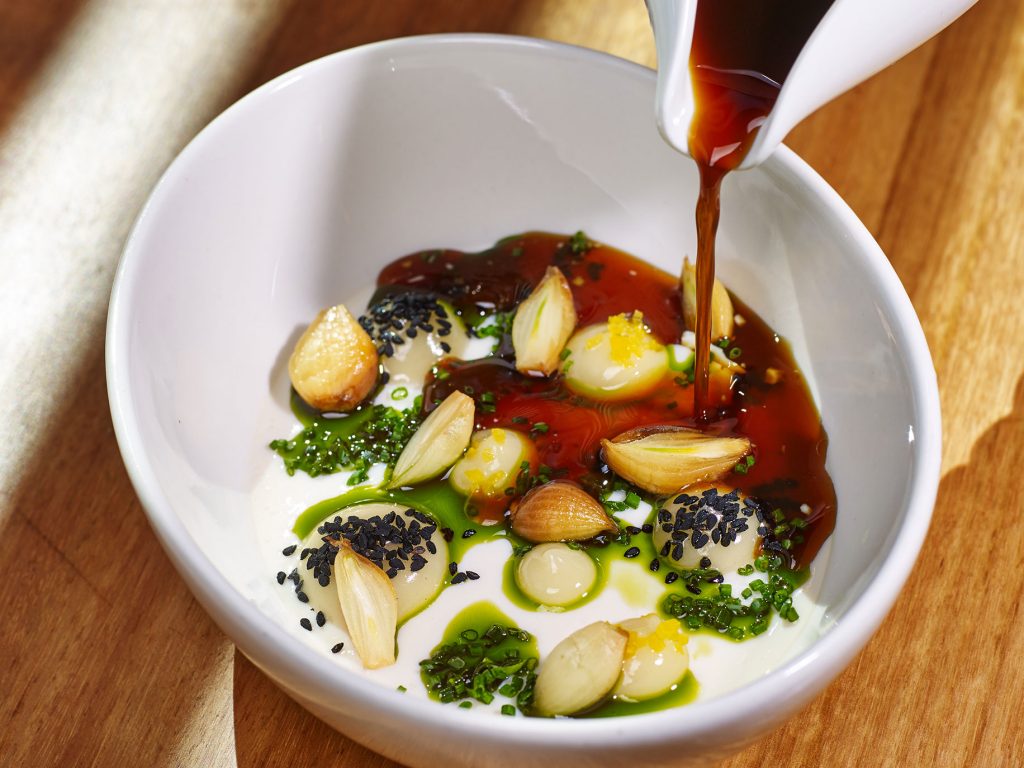
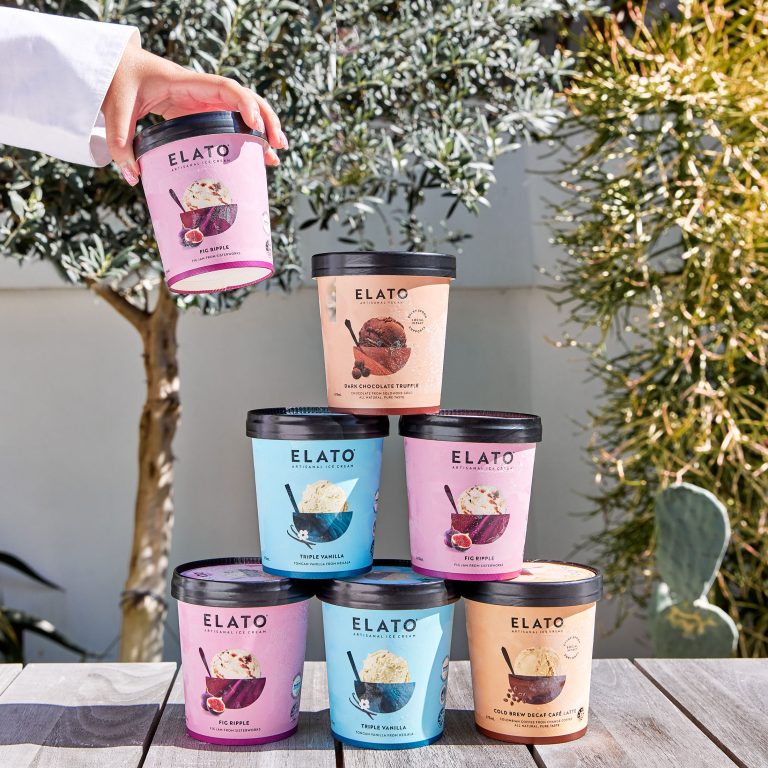
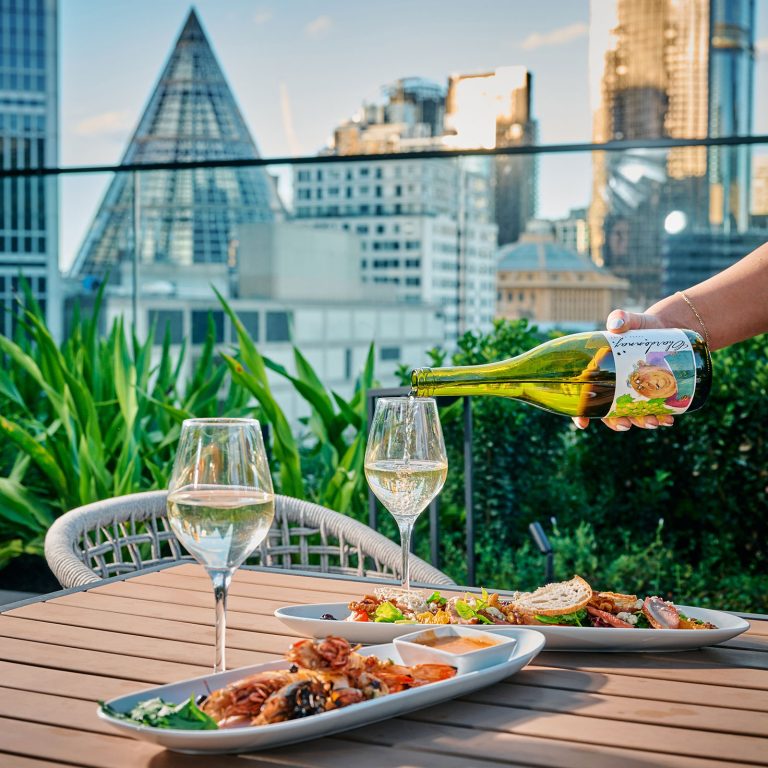
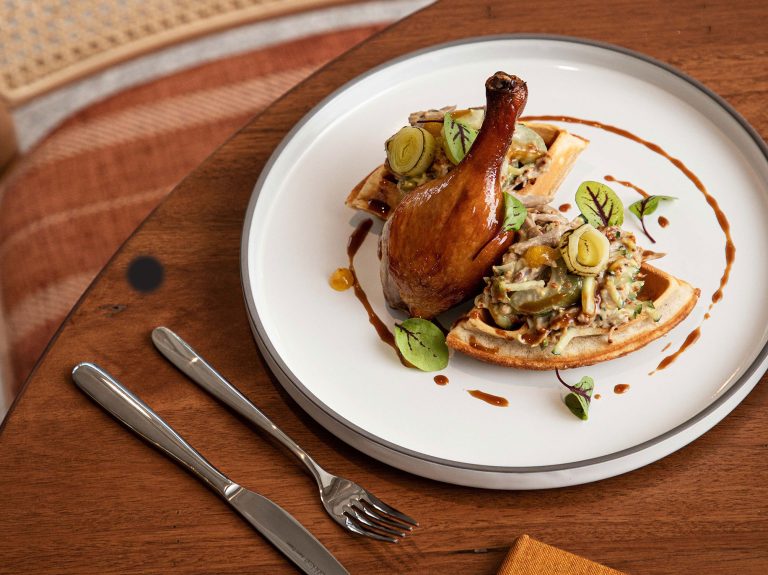
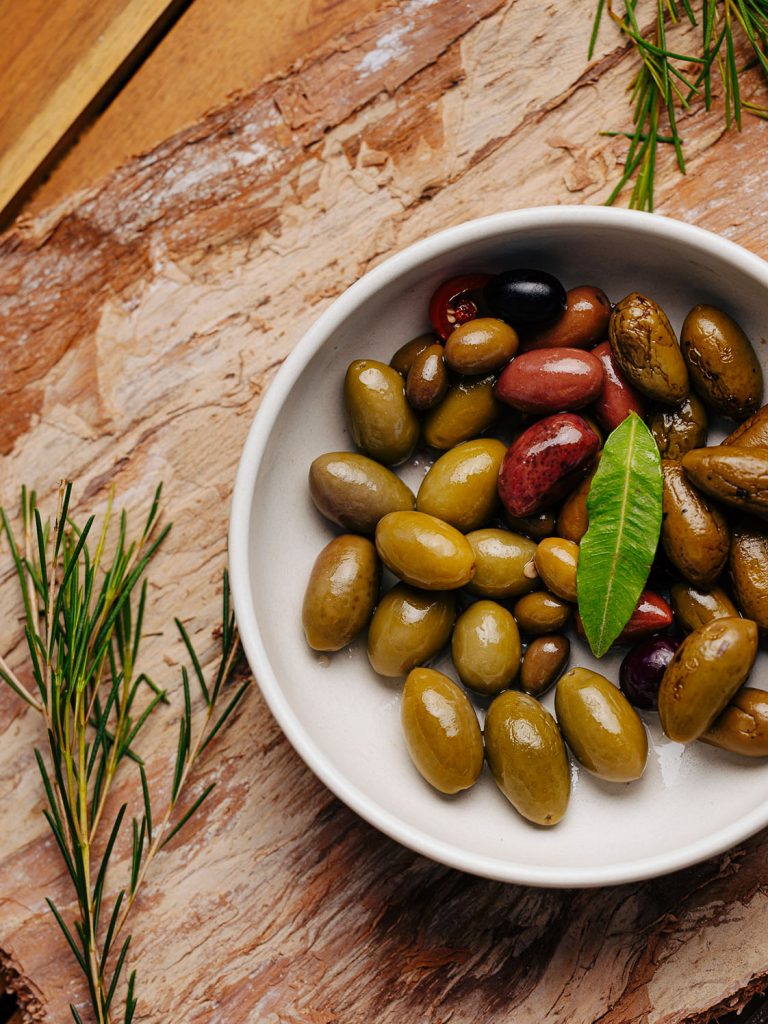
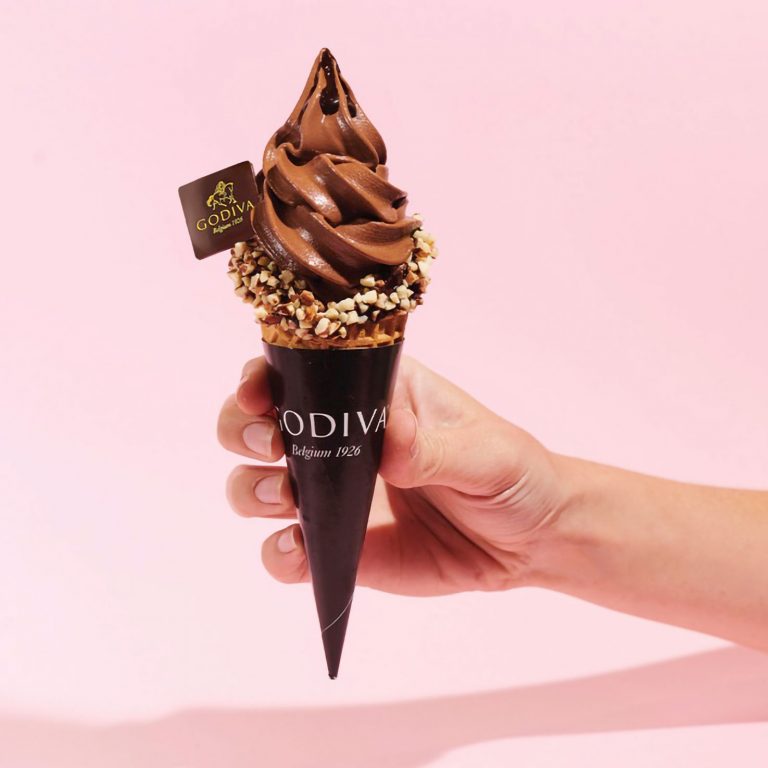
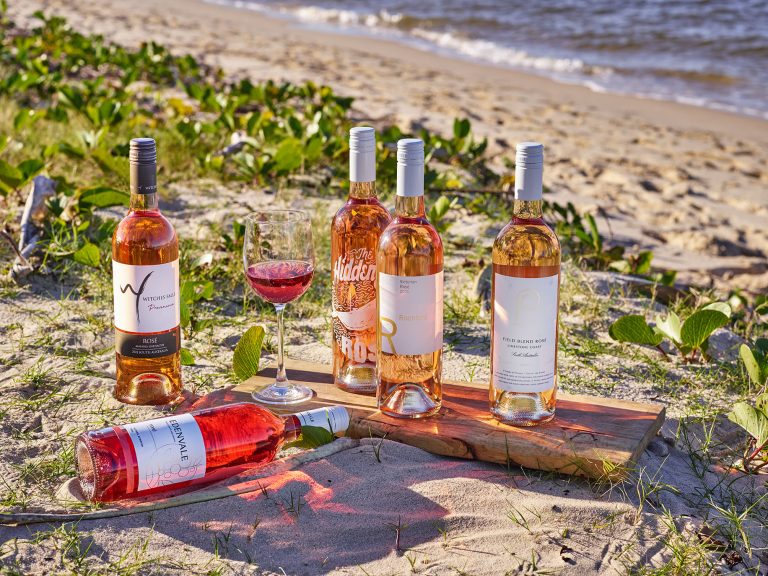
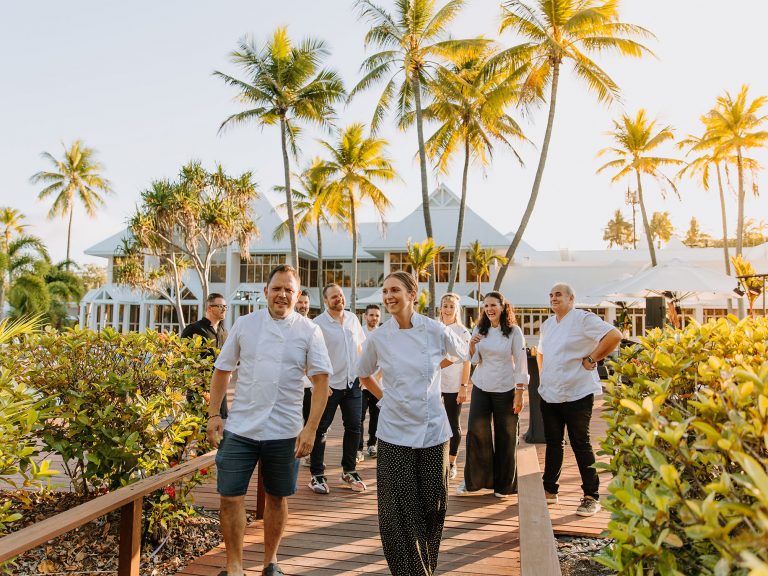
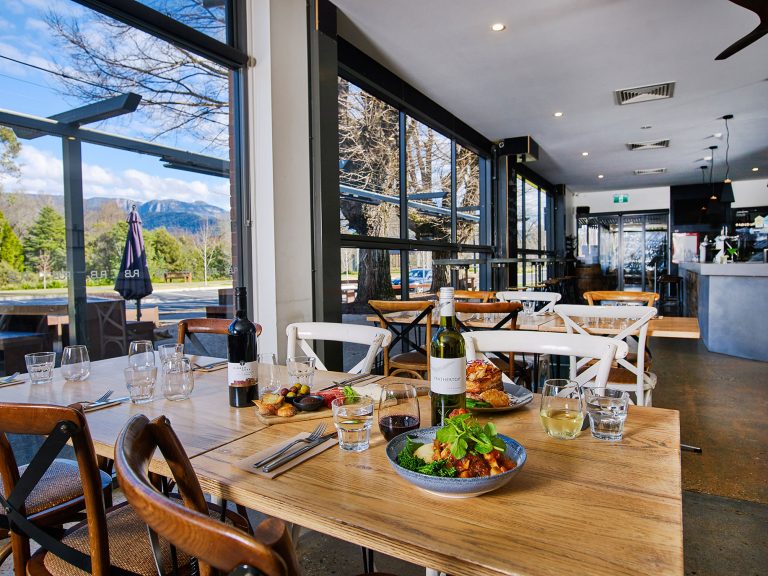
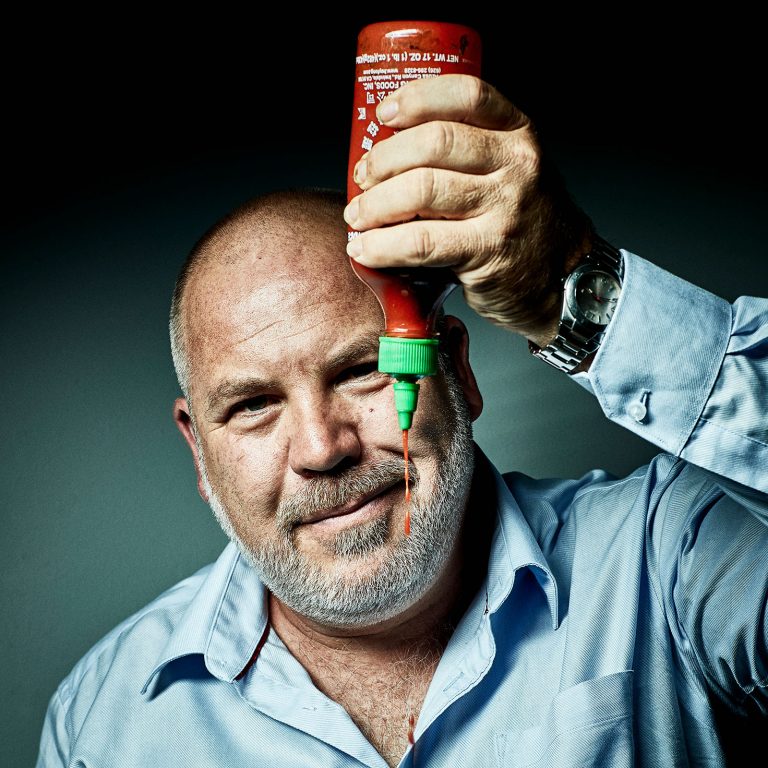
Comments are closed.